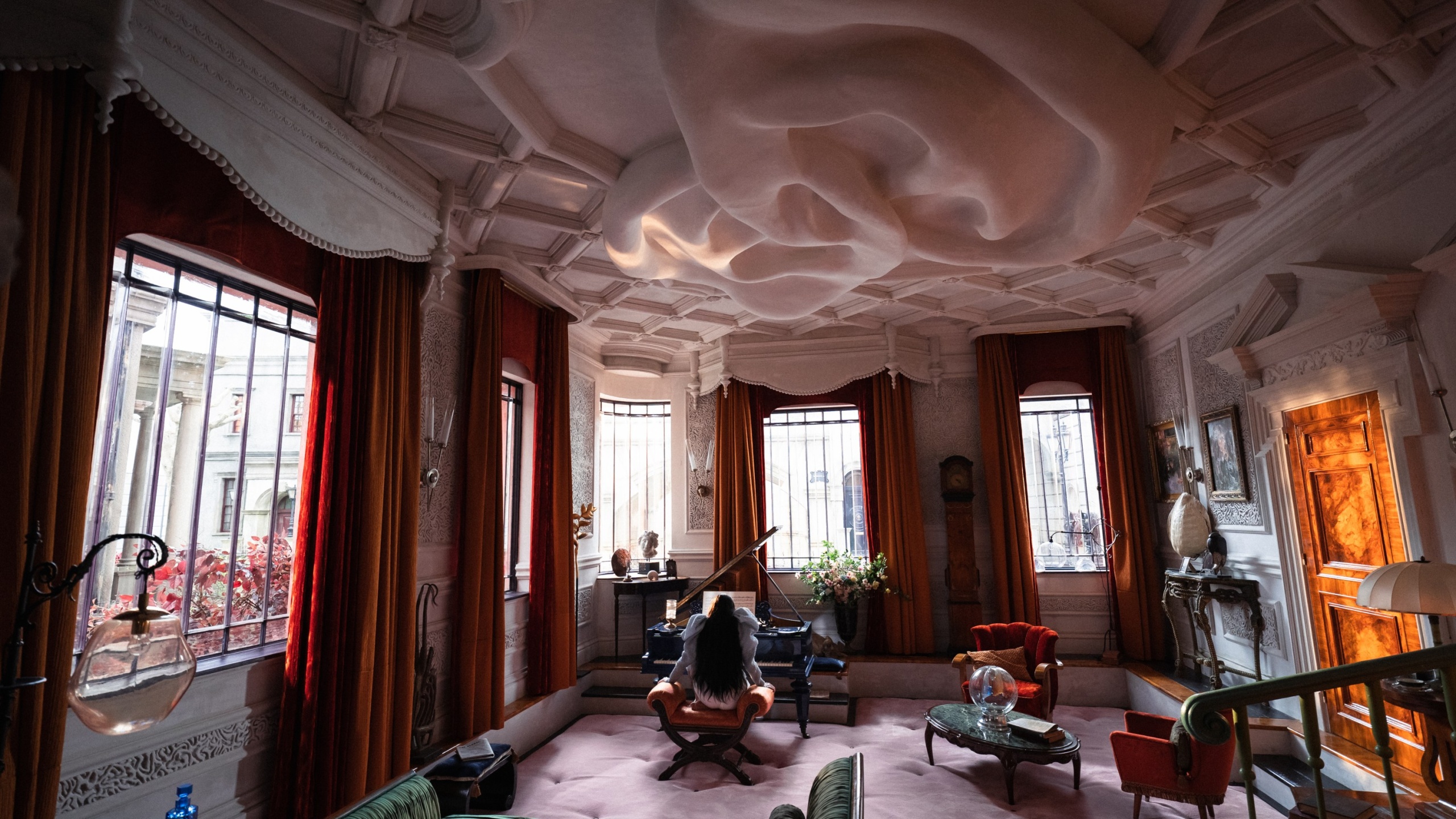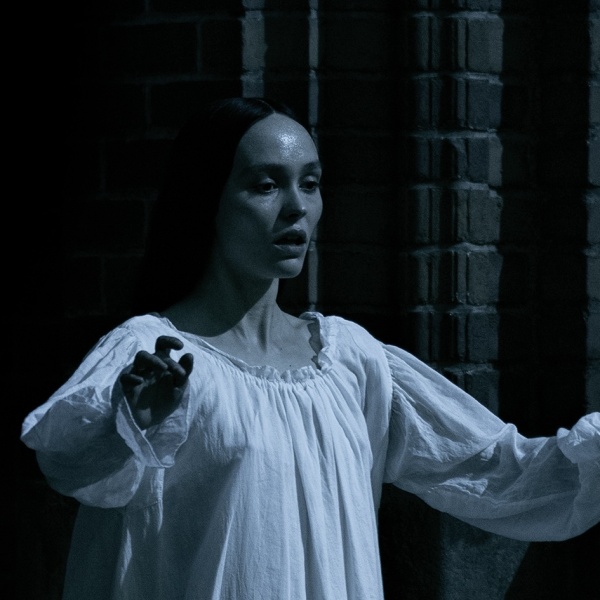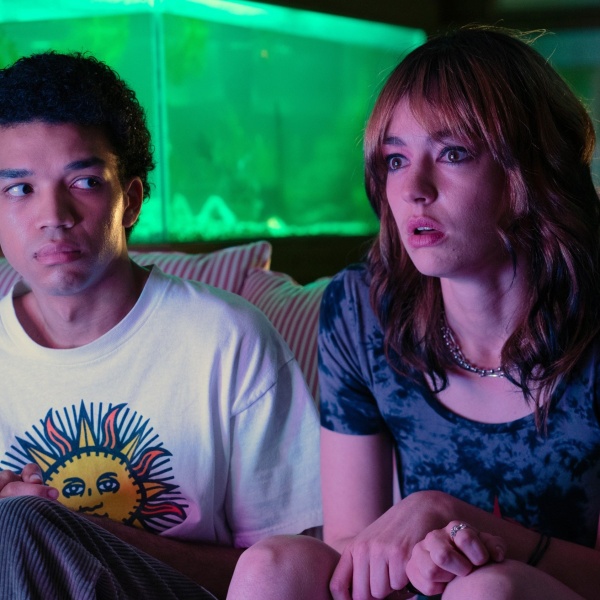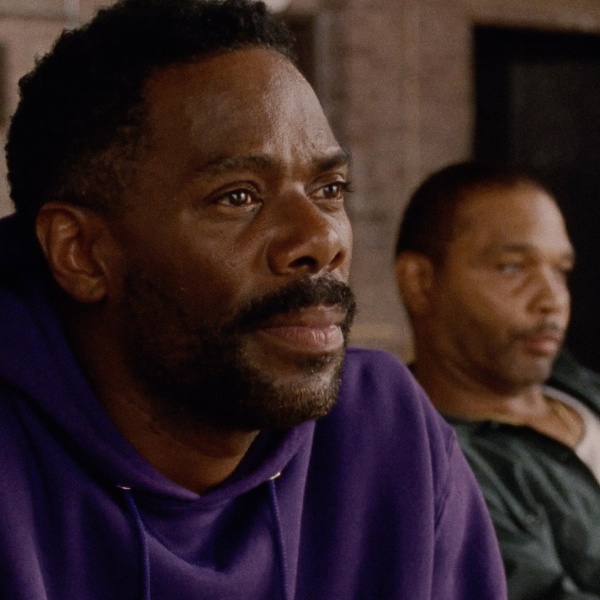This article contains IndieWire’s preliminary Best Production Design predictions for the 2024 Oscars. We regularly update our predictions throughout awards season and republish previous versions (like this one) for readers to track changes in how the Oscar race has changed. For the latest update on the frontrunners for the 96th Academy Awards, see our 2024 Oscars predictions hub.
The State of the Race
The 2024 Art Directors Guild nominations were announced January 9, boosting the production design Oscar prospects for the frontrunning “Barbie”(Warner Bros), “Poor Things” (Searchlight), “Killers of the Flower Moon” (Apple TV+/Paramount), “Asteroid City” (Focus Features), “Maestro” (Netflix), and “Oppenheimer” (Universal). The 28th ADG Awards will be held February 10 at the Ray Dolby Ballroom, Ovation Hollywood.
Competing for period production design are “Asteroid City,” “Killers of the Flower Moon,” “Maestro,” “Napoleon” (Apple TV+/Sony Pictures), and “Oppenheimer.” The fantasy noms are “Barbie,” “The Creator” (20th Century/Disney), “Guardians of the Galaxy Vol. 3” (Marvel/Disney), “Poor Things,” and “Wonka” (Warner Bros.) The contemporary nods are “Beau Is Afraid” (A24) “John Wick: Chapter 4” (Lionsgate), “The Killer” (Netflix) “Mission: Impossible – Dead Reckoning Part One” (Paramount), and “Saltburn” (Amazon/MGM)
The most obvious omissions were “The Zone of Interest” (A24) and “The Color Purple” (Warner Bros.).
It’s a race between “Barbie” and “Poor Things, the two big feminist films constructed around rebirth and unconventional world-building. The cultural phenomenon of the blockbuster “Barbie” makes it the favorite, yet “Poor Things” is bolder and more provocative in its production design and could justifiably snatch the Oscar.
Greta Gerwig’s “Barbie” offers wondrous eye candy, built around Barbie Land as a feminist utopia. What started out as unknown territory to production designer Sarah Greenwood and set decorator Katie Spencer (who have six Oscar nominations between them and are more at home with period pieces such as “Atonement”) became the most surreal experience of their careers. They started with a representation of Barbie Dreamhouse playhouses (with all the necessary toy-like props) set against the modernist backdrop of mid-century Palm Springs. Then they embraced an old-school, in-camera, practical method of set building, only in miniature. They reduced the scale by 23 percent to make Margo Robbie’s Barbie, Ryan Gosling’s Ken, and the other actors look bigger. What they didn’t count on was causing a global shortage of fluorescent pink paint, but Mattel scrambled to get what they needed.

In Yargos Lanthimos’ twisted “Frankenstein” gender-bender, “Poor Things,” Emma Stone’s Bella is reanimated from the dead with the brain of her unborn child by unconventional scientist Baxter (Willem Dafoe). This results in a strange transformation, with production designers Shona Heath and James Price constructing a bizarre retro-future world from scratch for her adventures and sexploits as an iconoclastic Victorian. With a nod to the surreal style of Michael Powell & Emeric Pressburger (“Black Narcissus”), they used painted backdrops, rear screen projection, and LED screens for the cruise ship sea and sky. Production took over numerous soundstages at the Origo Studios in Budapest, where they built the complete worlds of London and Baxter’s house (in black-and-white), the ocean liner ship, the Paris square and brothel, and the Alexandria hotel and slums. For the city of Lisbon, they made composite sets on the largest sound stage in continental Europe at Korda Studios in Budapest.
For Wes Anderson’s “Asteroid City,” Oscar-winning production designer Adam Stockhausen (“The Grand Budapest Hotel”) built the entire eponymous mid-’50s town from scratch in the Spanish desert. It was a spaghetti Western meets neo-Western “Bad Day at Black Rock.” They chose the empty, flattened farmland just beyond Chinchón, an hour from Madrid. The main buildings consisted of the luncheonette, the motel cabins, and the single-pump gas station. The boulders and mountains were all built behind them. The pastel aesthetic was influenced by both the Eastman Color look of “Black Rock” and period photography. The filmmakers wanted red for the earth and rocks and the exterior of the buildings white, which highlighted the baking yellow, mid-day sun.
Bradley Cooper’s “Maestro” explores legendary conductor/composer Leonard Bernstein (Cooper) through the lens of his complicated love story with actress wife Felicia Montealegre (Carey Mulligan). Production designer Kevin Thompson recreates New York from the ’40s to the ’80s as a tapestry (the first half in black-and-white and the second half in color). The highlight is the Bernstein’s Dakota apartment on the Upper West Side, which was recreated on a stage and becomes the site of the memorable Thanksgiving fight with the iconic Snoopy balloon hovering the background of their bedroom.
Christopher Nolan’s “Oppenheimer” required production designer Ruth De Jong (“Nope”) to combine sets with practical locations to build the desert town of Los Alamos. This was the central location of The Manhattan Projection in this biopic thriller about physicist J. Robert Oppenheimer (Cillian Murphy), the “father of the atomic bomb.” Unable to shoot in Los Alamos, they chose Ghost Ranch, a 21,000-acre retreat in Northern New Mexico. This provided a prime plateau to build the town, with impressive backdrops in every direction.
With “Killers of the Flower Moon,” legendary production designer Jack Fisk (Oscar-nominated for “The Revenant” and “There Will Be Blood”) worked for the first time with director Martin Scorsese. A specialist at constructing outdoor sets, Fisk grounded the 1920s fact-based Oklahoma crime drama about the serial murders of Osage Indians on the topographical and architectural reality of their oil-rich territory. But telling the story on Osage land, either by repurposing existing structures or building them from scratch, was challenging. Fortunately, like all the craft departments, Fisk worked closely with Osage artisans and craftspeople. So much of the original town of Fairfax had been modernized or run down, and the film required vast open expanses. In addition, there were several homes and offices that needed to be dressed.
“Saltburn,” Emerald Fennell’s blistering attack of the British upper class in the mid-2000s, is a cross between “Brideshead Revisited” and “The Talented Mr. Ripley.” Out-of-place Oxford student Oliver (Barry Keoghan) becomes infatuated with his aristocratic schoolmate, Felix (Jacob Elordi), who invites him to stay the summer with his eccentric Catton family at their magnificent estate. Drayton House in Northamptonshire plays the role of the titular estate, with Oscar-nominated production designer Suzie Davies (“Mr. Turner”) turning it into a playground of hedonism while adding bedrooms for Oliver and Felix along with a crucial bathroom. As IndieWire’s Mark Peikert observes, Davies made use of “a 17th-century spiral cantilever oak staircase, an imposing dining room that began as the estate’s buttery and pantry, and a long string of color-coordinated rooms with imposing heights and priceless furniture.”
Jonathan Glazer has made a different kind of Holocaust drama about the banality of evil with “The Zone of Interest,” based on Auschwitz camp commandant Rudolf Höss (Christian Friedel), who lived with his family in a dream house outside the camp, with a lush garden lovingly tended by his wife Hedwig (Sandra Hüller). They weren’t allowed to shoot at the real Höss house, so they found a mirror image of the house close by. Production designer Chris Oddy rebuilt the house based on meticulous archival research, including the garden where the family gathered.
As for the rest: “Wonka,” the musical fantasy prequel from director Paul King (“Paddington”) starring Chalamet as the famed magical chocolate maker in training, boasts the production design of Nathan Crowley (a six-time nominee with Christopher Nolan). He provides a retro look (somewhat influenced by the ’30s) to a fictional city flavored with familiar elements of European cities, but Wonka’s flamboyant and eccentric presence changes it into a magical place where anything is possible. Ridley Scott’s “Napoleon” benefits from the elaborate period world-building of go-to production designer Arthur Max (Oscar-nominated for “The Martian,” “American Gangster,” and “Gladiator”). It’s about the rapid rise to power of Napoleon Bonaparte (Phoenix) from military leader to Emperor and his obsession with wife Joséphine (Vanessa Kirby) and recreates six major battles (including Austerlitz with horses falling through the ice, and, of course, Waterloo), each with its own distinctive geometric patterns.
In addition, Blitz Bazawule’s “The Color Purple,” leans on magical realism from Oscar-winning production designer Paul Austerberry (“The Shape of Water”). It’s adapted from the Broadway stage musical, starring Fantasia Barrino as Alice Walker’s celebrated Celie and her life-long struggles in the early 20th-century South.
Potential nominees are listed in alphabetical order; no film will be deemed a frontrunner until we have seen it.
Frontrunners
“Asteroid City”
“Barbie”
“Killers of the Flower Moon”
“Oppenheimer”
“Poor Things”
Contenders
“Maestro”
“Napoleon”
“Saltburn”
“The Color Purple”
“The Zone of Interest”
“Wonka”






